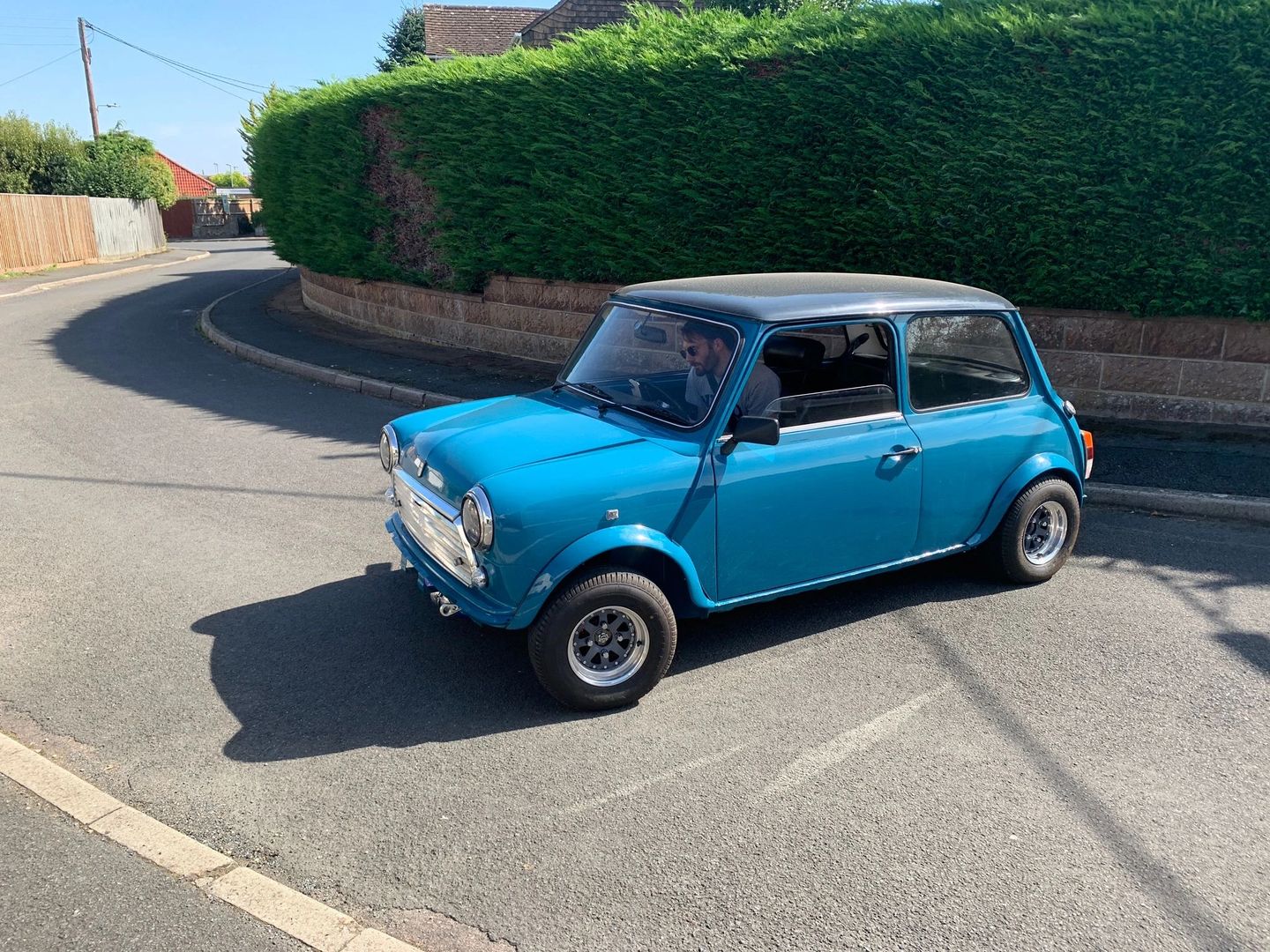| Page: |
| Home > Technical Chat > Plotting compressor map for restricted car | |||||||
 293 Posts Member #: 10010 Senior Member Northants |
26th Feb, 2014 at 06:20:58pm
Hi Everyone,
|
||||||
|
3594 Posts Member #: 655 Post Whore Northern Ireland |
26th Feb, 2014 at 06:37:02pm
This might be a good forum to ask
9.85 @ 145mph
|
||||||
 11046 Posts Member #: 965 Post Whore Preston On The Brook |
26th Feb, 2014 at 08:25:10pm
The restrictor reduces the inducer pressure, thus increasing the pressure ratio, and therby reducing the effective mass flow of the compressor. Basically as the mass flow increases towards the maximum mass flow that the particular restrictor can achieve, the pressure drop across it also increases. Since the higher pressure available is atmospheric pressure, the compressor inducer pressure is actualy in a vacuum. The compressor map works pretty much the same way as it does without the restrictor, but the pressure ratio usually noted on the Y axis will increase with the lowering inducer pressure as mass flow increases and sustained exducer pressure.
On 26th Oct, 2004 TurboDave16v said:
Is it A-Series only? I think it should be... So when some joey comes on here about how his 16v turbo vauxhall is great compared to ours, he can be given the 'bird'... On 26th Oct, 2004 Tom Fenton said:
Yep I agree with TD........ |
||||||
|
3594 Posts Member #: 655 Post Whore Northern Ireland |
26th Feb, 2014 at 09:02:34pm
But restricting it also causes the impeller to spin much faster, and I think that's where the risks lie. Overspinning the unit. 9.85 @ 145mph
|
||||||
|
8604 Posts Member #: 573 Formerly Axel Podland |
27th Feb, 2014 at 09:31:10am
The published compressor maps are based on atmospheric inlet pressure and temperature (i.e. density) at the inducer. Hence the pressure loss through the restrictor will reduce the density of the air entering the inducer.
Saul Bellow - "A great deal of intelligence can be invested in ignorance when the need for illusion is deep."
|
||||||
 774 Posts Member #: 6724 Post Whore Wootton Bassett |
27th Feb, 2014 at 12:46:37pm
Sounds like someone is working on a formula student car! how's it going? |
||||||
 293 Posts Member #: 10010 Senior Member Northants |
27th Feb, 2014 at 01:37:23pm
On 27th Feb, 2014 dan187 said:
Sounds like someone is working on a formula student car! how's it going? Yup, you guessed it. We are not too far along, and are not looking at running until 2015, I'm just doing some preliminary investigation into the feasibility of charging the engine. The funny thing is that charging the engine doesn't actually result in more power, but you use it instead to maximise use of the restrictor and create a nice flat power curve. Think I will have to run some simulations to get a proper compressor inlet numbers to plug in. Also, any ideas for super chargers, had a look at a couple of Rotrax chargers (C8 and C15), but I'm wondering if there are any options available. And as for turbos, I have been looking into GT12, GT15 and GT15V. An Australian team has got the GT15V running really well, 100Nm torque at around 3000 rpm I think (typical engines run about half of this!). They have also said they have managed not to melt it yet despite their best attempts running anti-lag etc. I personally quite like the idea of a 450 single running a turbo, but will have to wait and see what the numbers say. |
||||||
|
Site Admin  9407 Posts Member #: 58 455bhp per ton 12 sec 1/4 mile road legal mini Sunny Bridgend, South Wales |
27th Feb, 2014 at 02:22:06pm
sounds interesting, going a bit off topic, where do you buy your e85 from? On 15th May, 2009 TurboDave said:
I think the welsh one has it right! 1st to provide running proof of turbo twinkie in a car and first to run a 1/4 in one!! Is your data backed up?? one extra month free for all Turbo minis members, PM me for detials |
||||||
 293 Posts Member #: 10010 Senior Member Northants |
27th Feb, 2014 at 02:50:41pm
Good question, we have never run it in the past as it means you need a smaller restrictor and results in less power when NA, but when boosting the knock resistance makes it worth it. At the events its supplied by Shell I believe, so I guess it would be a case of speaking to them. And I'm guessing it will come in drums rather than out of a pump.
|
||||||
|
3594 Posts Member #: 655 Post Whore Northern Ireland |
27th Feb, 2014 at 04:18:04pm
Given the drive losses with a supercharger, dont think it would even be worth looking at compared to a turbocharger.
9.85 @ 145mph
|
||||||
 293 Posts Member #: 10010 Senior Member Northants |
27th Feb, 2014 at 05:16:17pm
I understand in power terms its inferior due to more losses, but in terms of drivability it would be better.
|
||||||
|
8604 Posts Member #: 573 Formerly Axel Podland |
27th Feb, 2014 at 05:41:45pm
On 27th Feb, 2014 jakejakejake1 said:
As for Paul's scaling of the X axis, would this actually need to be done? As the garrett maps have air mass flow rate, hence density/ temperature/ velocity is already taken into account? I understand that would be the case for the maps that have a volumetric flow rate. Or is it a mass flow rate calculated from atmospheric conditions? You've answered your own question. The mass flow is calculated from a volumetric flow at a given specific volume at atmospheric conditions. Compressor performance is all about the speed and cross sectional area of the passages i.e volumetric flow. Saul Bellow - "A great deal of intelligence can be invested in ignorance when the need for illusion is deep."
|
||||||
|
3594 Posts Member #: 655 Post Whore Northern Ireland |
27th Feb, 2014 at 09:11:34pm
On 27th Feb, 2014 jakejakejake1 said:
I understand in power terms its inferior due to more losses, but in terms of drivability it would be better. The courses are very winding, and you don't get much/any practise before they expect you to drive it, so having good throttle response and drivability are key. I guess you need to determine exactly what your usage criteria are. Is it outright power, torque, economy, etc etc ? What sort of rpm range will you have, what gearing options ? With such a small restrictor, I'd think if you can find a turbo small enough, spool wouldnt be a major concern and you could make boost very early anyway. So is the supercharger really a benefit ? Maybe even opt for a modern VNT turbo Also, what cost limitations are there ? 9.85 @ 145mph
|
||||||
| Home > Technical Chat > Plotting compressor map for restricted car | |||||||
|
|||||||
| Page: |
